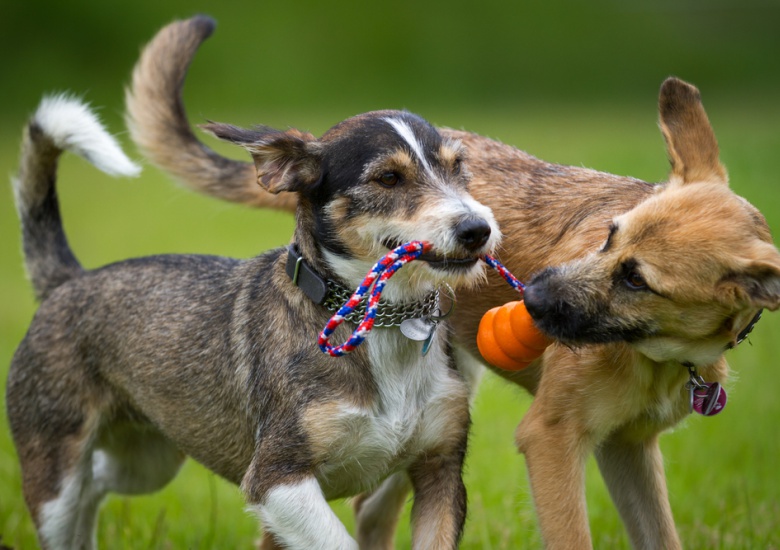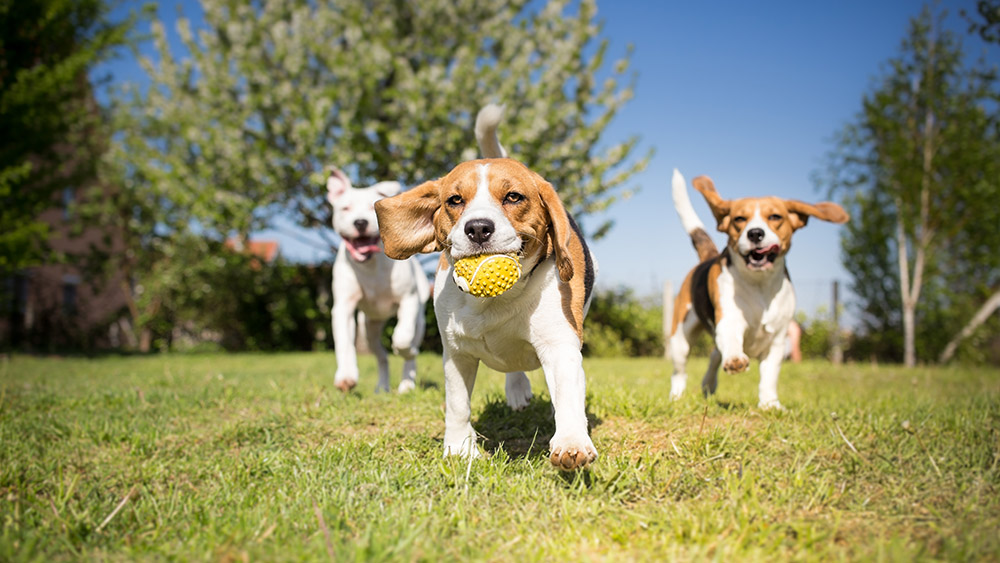Ever wondered why your puppy’s playful antics differ so drastically from your senior dog’s gentle games? The answer lies in the fascinating world of dog play psychology. Dogs engage in play throughout their lives for essential biological, social, and developmental reasons. From a puppy learning bite inhibition through play-fighting to a senior dog maintaining cognitive function through gentle games, play serves as a vital tool for their overall well-being. In this comprehensive guide, we’ll explore: • How play patterns evolve from puppyhood to senior years • The science behind different types of play behaviors • Ways play strengthens the human-dog bond • Signs of healthy vs. stress-related play Whether you’re a new pet parent or a seasoned dog owner, understanding your furry friend’s play psychology will help you create more meaningful interactions and support their development at every life stage.
Developmental Stages of Play
Understanding how dogs play throughout their lives is crucial for providing appropriate enrichment and maintaining their physical and mental well-being across different stages of your dog’s development.
Puppy Play (8 weeks – 1 year)
During this foundational stage, the curious bounces of a puppy reflect their boundless energy and eagerness to explore the world. Puppies engage in high-energy, exploratory play that helps develop crucial motor skills and social behaviors. They learn bite inhibition through play-fighting with littermates and practice important physical coordination through activities like chasing, pouncing, and wrestling.
Play at this stage serves as a vital learning tool, helping puppies understand social boundaries and develop proper communication skills with both dogs and humans. Their play style often involves short bursts of intense activity followed by brief rest periods.
Adult Dog Play (1-7 years)
Adult dogs display the focused joy of an adult dog during play sessions, showing more controlled and purposeful play behaviors. Their play becomes more structured and often involves specific interests like fetch, tug-of-war, or nose work. This stage is characterized by improved impulse control and better understanding of play boundaries.
Adult dogs are typically more selective about their playmates and play styles, often developing preferred activities that align with their personality and breed characteristics. They may engage in longer play sessions with sustained focus, showing greater stamina and strategic thinking in their play behaviors.
Senior Dog Play (7+ years)
As dogs enter their senior year, their play style naturally evolves to accommodate changing physical capabilities. While they may not bounce and run with the same vigor as younger dogs, senior dogs still benefit greatly from regular play sessions. They often prefer gentler activities like puzzle toys, short fetch games, or calm interactive play with their humans.
Senior dogs may take more frequent breaks during play and show preference for mental stimulation over physical exertion. It’s important to adapt play activities to their energy levels while still maintaining regular engagement to keep them mentally sharp and physically active within their comfort zone.
Types of Play and Their Benefits
Social Play with Other Dogs
Dogs are naturally social creatures, and engaging in social play with their fellow canines is crucial for their development and well-being. When dogs participate in play fight activities, they learn essential life skills like bite inhibition and proper social etiquette.
During these playful interactions, dogs practice important behaviors they’ll need throughout their lives. They learn to read body language, understand social boundaries, and develop proper communication skills with other dogs.
Social play helps dogs build confidence and reduces anxiety in group settings. Through wrestling, chasing, and other forms of playful activity, they develop physical coordination and strengthen their muscles while having fun.
Interactive Play with Humans
The bond between humans and dogs grows stronger through interactive play sessions. Whether it’s a game of fetch, tug-of-war, or hide-and-seek, these activities provide mental stimulation and physical exercise while reinforcing the human-animal connection.
Interactive play helps establish trust and improves communication between dogs and their owners. It’s an excellent opportunity for training, as dogs are more receptive to learning when they’re engaged in enjoyable activities.
Regular play sessions with humans help dogs develop better impulse control and listening skills. They learn to respond to commands while having fun, making training more effective and enjoyable for both parties.
Solo Play and Enrichment
Independent play is equally important for a dog’s overall development. When dogs engage in solo play with toys or puzzle feeders, they develop problem-solving skills and learn to entertain themselves constructively.
This form of playful activity helps prevent boredom and reduces destructive behaviors that might arise from lack of stimulation. Solo play can include activities like chewing appropriate toys, playing with treat-dispensing balls, or exploring interactive puzzles.
Self-directed play allows dogs to develop creativity and independence. It’s particularly beneficial when humans or other dogs aren’t available for interaction, helping prevent separation anxiety and building confidence in being alone.



